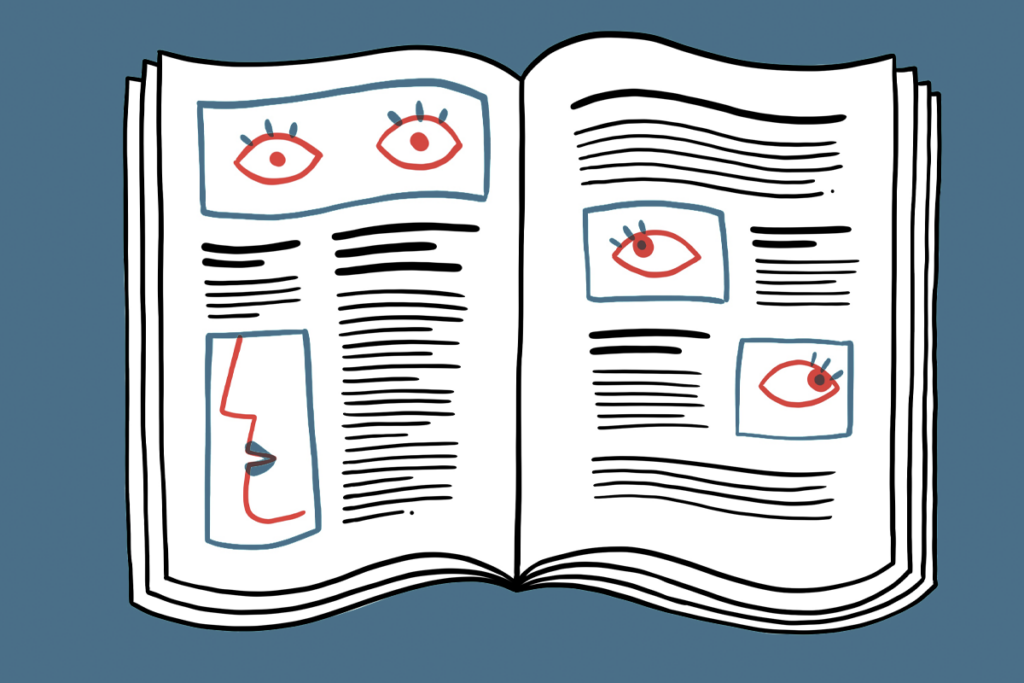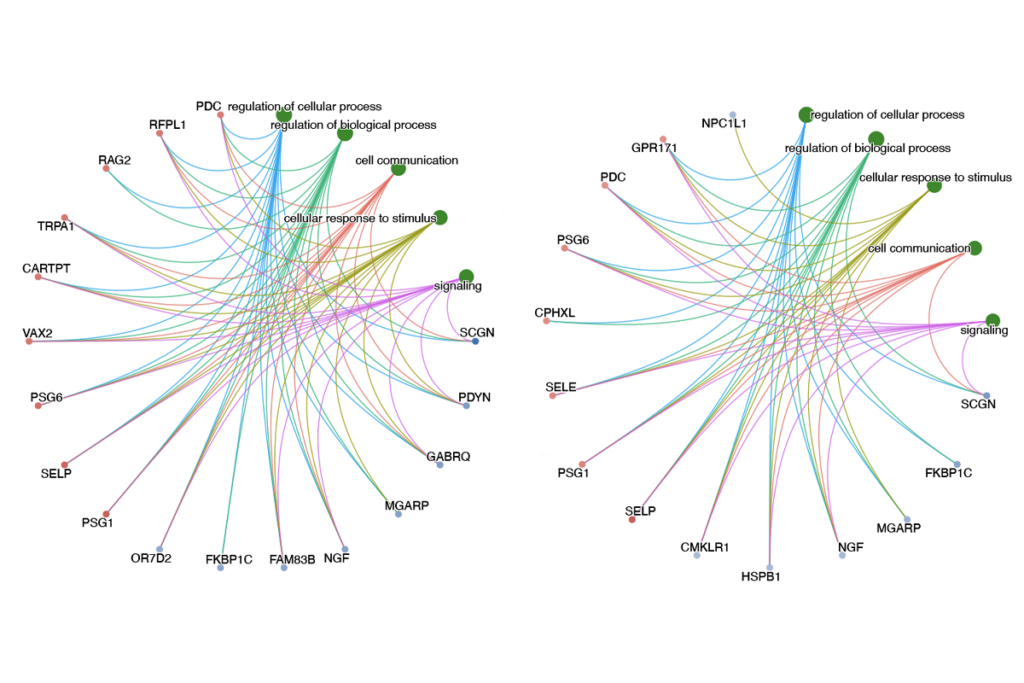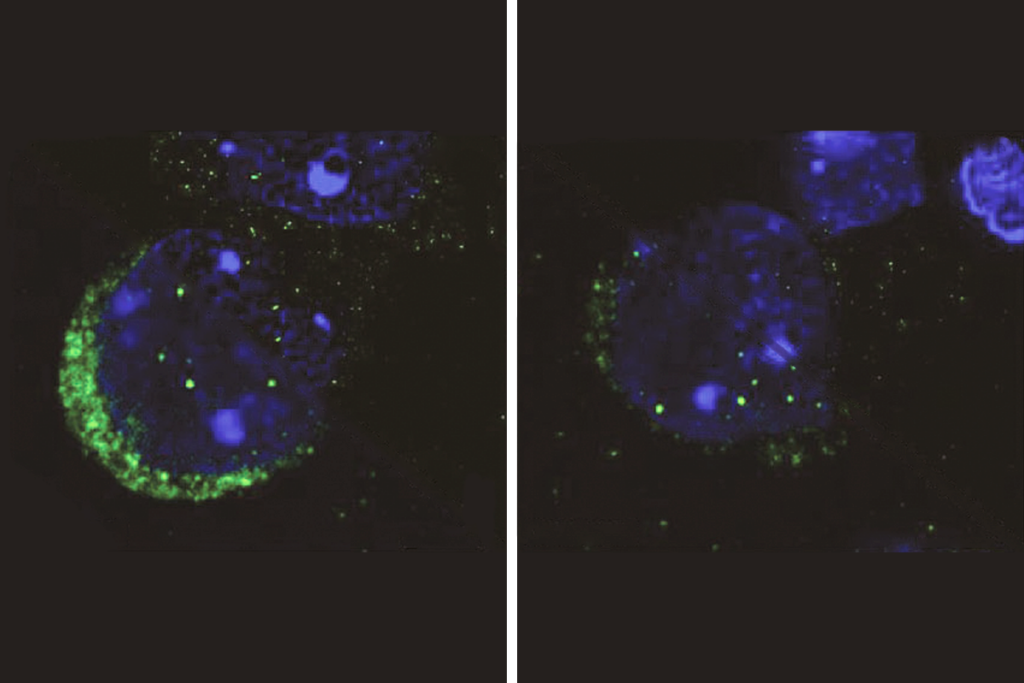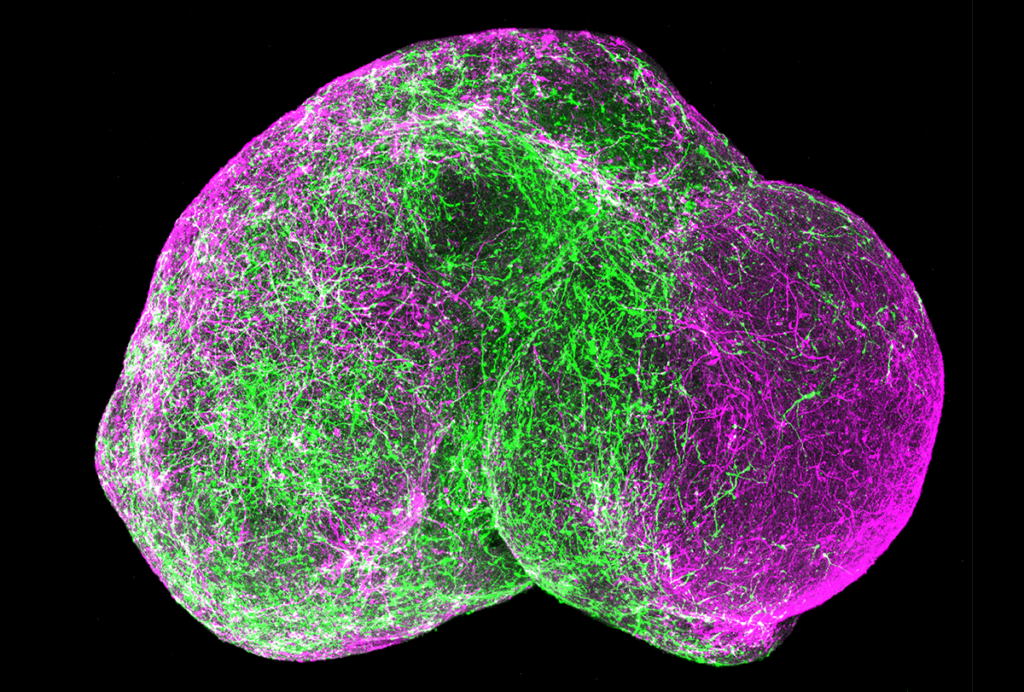Research roundup
- Virtual-reality interventions can improve cognitive skills such as attention and executive functioning in autistic people, according to a review of studies. Spectrum has previously explored various uses of virtual reality in autism research. Journal of NeuroEngineering and Rehabilitation
- Mu rhythm brain activity, which tends to slow in autistic people as they interpret social communication, also slows in non-autistic people with autism traits. Frontiers in Neuroscience
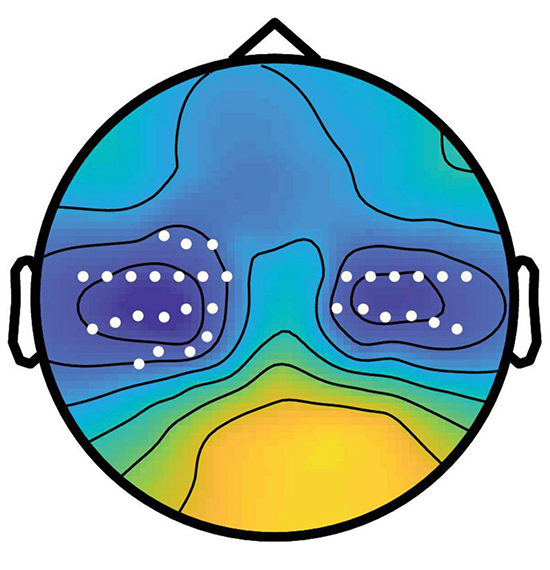
Slow speed: Top-of-the-head sensors can detect when mu rhythm brain activity is suppressed.
- Autistic children are more likely to become obese in adolescence than their non-autistic siblings. Childhood Obesity
- Genetic variants associated with psychiatric conditions involving mood and attention are not linked with less common conditions such as autism or schizophrenia, according to a genome-wide association study in 38,418 children. PLOS One
- An immune-system protein called complement component 4 is found in brain neurons and astrocytes and may play a role in neurodevelopmental conditions such as autism. Neurobiology of Disease
- Parent-focused interventions tend to yield improved social and communication skills in autistic children, according to a review of clinical studies. Journal of Autism and Developmental Disorders
- Autism researchers describe how they handled disruptions to their clinical trial brought on by the COVID-19 pandemic, and how these strategies might help in other situations. Trials
- The prevalence of copy number variants in people diagnosed with psychosis as children is comparable to that in autistic people. The American Journal of Psychiatry
- In a qualitative study, seven autistic adults describe the many harms and limited benefits of the applied behavior analysis therapy they received as children. Autism
- Electroencephalogram recording during a face perception task in children may be a promising biomarker for autism. The American Journal of Psychiatry
- Autistic children appear to categorize related objects — such as fruits — in atypical ways, and also show lower semantic fluency than non-autistic children. Journal of Autism and Developmental Disorders
- Preschool-age boys with autism and those with fragile X syndrome show similar joint attention capabilities, though they have subtle differences. Frontiers in Psychology
Science and society
- Two comments highlight problematic phrasing about autism and autistic people in a paper published in the Journal of Physics: Conference Series. Spectrum covered the phenomenon of such ‘tortured phrases’ earlier this year. PubPeer
- Henry Engel, a 6-year-old with Rett syndrome, has died; researcher Huda Zoghbi memorializes him, honoring his humanity and his contributions to research. Texas Children’s Hospital
- Pamela Feliciano, director of the SPARK autism study, writes about recent progress in understanding the condition’s genetic underpinnings. (SPARK is funded by the Simons Foundation, Spectrum’s parent organization.) STAT
